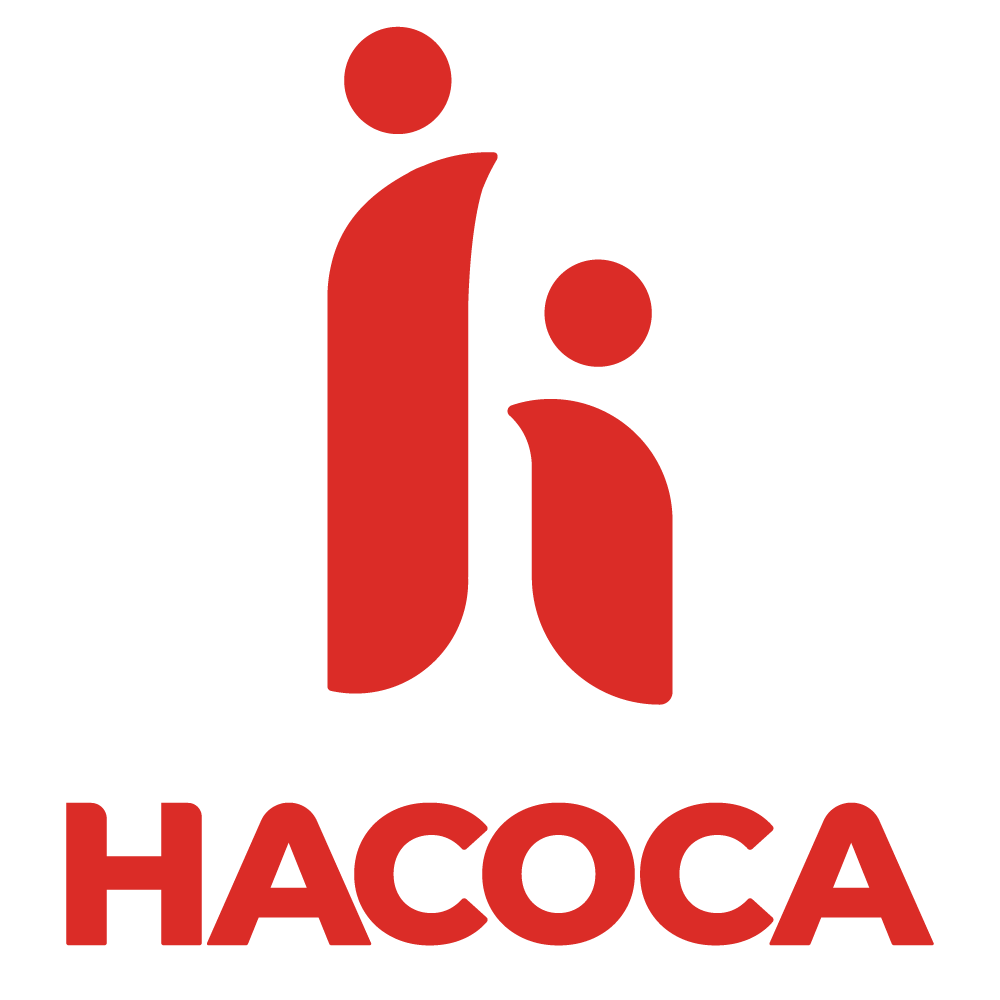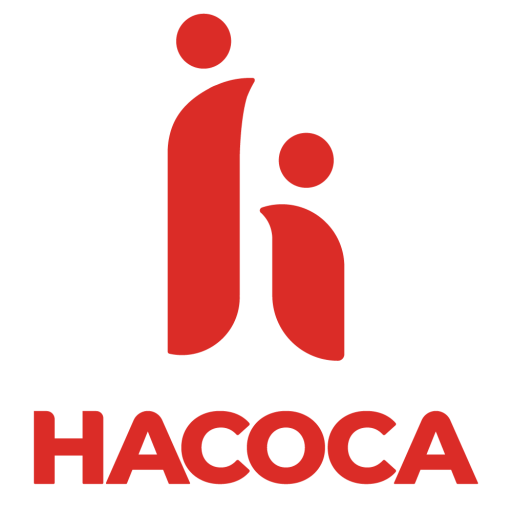EpiC Project – Meeting Targets and Maintaining Epidemic Control
This project’s objective is to enhance access to HIV testing and biomedical services for key and vulnerable populations in Morogoro through focused demand-creation strategies and community-based interventions.
Project Overview
Since 2020, HACOCA has served as a critical community implementer of the EpiC Project in Morogoro, concentrating on demand creation for HIV testing and HIV biomedical services. The project operates in nine councils: Morogoro Municipal Council, Mvomero District Council, Kilosa District Council, Gairo District Council, Ifakara Town Council, Mlimba District Council, Malinyi District Council, and Ulanga District Council. HACOCA’s primary role has been to drive demand creation through Social and Behavior Change Communication (SBCC), targeting key and vulnerable populations.
HACOCA’s demand creation activities are specifically are tailored to promote HIV testing and raise awareness of available HIV biomedical services. These services include HIV testing and counseling, tuberculosis (TB) screening, sexually transmitted infection (STI) screening, gender-based violence (GBV) screening, and family planning services. Through community outreach and SBCC strategies, HACOCA engages high-risk groups in community settings, encouraging them to access HIV testing and other related health services.
Project Achievement
HACOCA has successfully implemented demand creation strategies, leading to a significant increase in HIV testing and biomedical service uptake in the nine councils. By engaging thousands of individuals through community outreach, HACOCA has facilitated access to HIV testing services and comprehensive biomedical interventions, including TB, STI, and GBV screenings. This community-focused approach has played a crucial role in linking key and vulnerable populations to critical HIV prevention and treatment services, contributing to the ongoing efforts to control the HIV epidemic in Morogoro.

